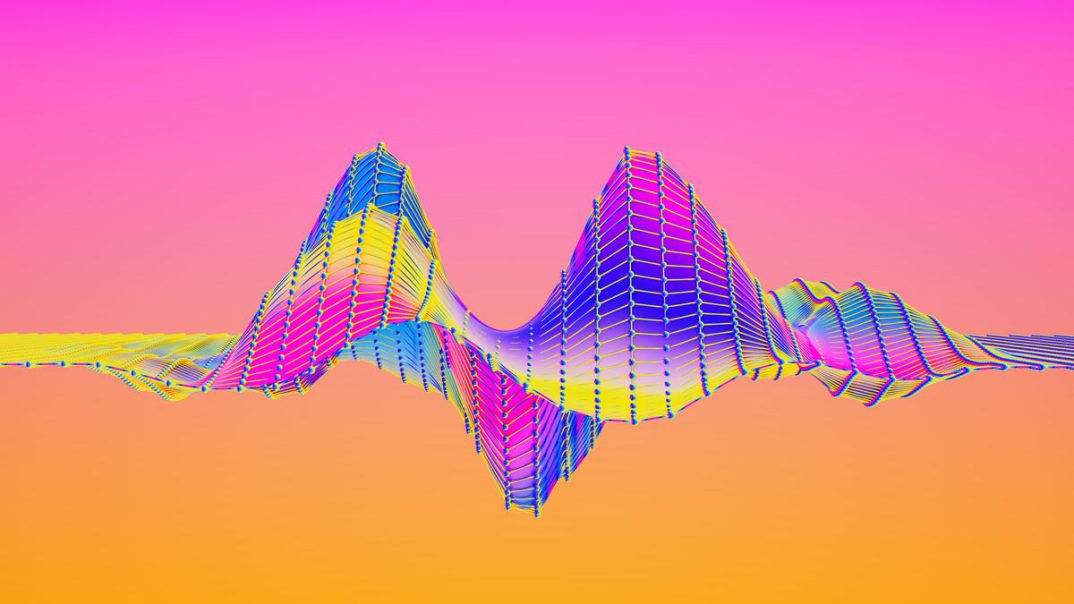Artificial intelligence can generate new songs and even artists, but it can also be used to raid hits of the past for new earnings potential. AI is being used already to separate elements — called stems — in old songs so they can be incorporated in new movies, TV shows and games.
Disney Music Group, for example, agreed to let AI music startup AudioShake generate stems of its classic hits for use in new creative and marketing opportunities. So don’t be surprised if you hear old songs from Mickey Mouse and friends in new remixes and applications in games, music, commercials and anywhere you’re plied with sounds.
Here’s everything you need to know about AI-generated stems, who’s using them and what it could mean for the music industry and all you music lovers.
Read more: Google Unveils Music AI Sandbox Making Loops From Prompts
What is a stem in music?
When talking about music, a stem refers to isolated song elements such as vocals, bass lines, drums and other instruments. These parts of a tune are easily separated in digital music, where they’re built in separate tracks already.
They’ve traditionally been harder to capture with older recordings made prior to the invention of such technology, but AI has now changed that entirely.
Read more: Making the Next Beatles: How AI Is Changing Pop Music
Vinyl DJs came first
Digital stems have been available for DJs around the world to purchase and use at home and in professional settings for almost a decade. But it’s only been in recent years that you can use software to make your own stems. Having vocals, bass lines, beats and other elements on their own unlocks new dimensions of creative potential for mixing music.
Today, DJ software programs such as Traktor and Serato allow any user — novice or pro — to generate stems on the fly. Decades before this was digitally possible, and the focus was still mostly on the analog age of vinyl records, hip-hop and dance music DJs who used vinyl would produce and distribute records with instrumental and a capella versions of their songs. Unauthorized bootlegs of old soul, disco and house tracks with isolated vocals and instruments were easy to find in independent record stores.
That’s a pretty mind-blowing leap to what’s currently possible, but the results of using digital software to make stems is a mixed bag, especially when applying such tools to older music that wasn’t made with digital gear.
The magic doesn’t extend to every song using digital software to extract stems — sometimes other elements of the song seep into the vocals or other parts and don’t offer the drama, humor or other impact that a DJ can achieve through their own imagination and good technique.
AI’s role in making stems
A growing number of companies such as AudioShake, BandLab and SongDonkey offer AI stem separation tools. These programs have algorithms that analyze the musical elements of a song in order to divide them into different files.
AudioShake makes two AI-driven products — one uses AI to separate dialogue, music and effects from movies and TV, and the other one uses AI to separate instruments in songs into stems. It also generates song lyrics. It took part in the 2024 Disney Accelerator program before signing its agreement with Disney.
“We were deeply impressed by AudioShake’s sound separation technology,” David Abdo, general manager of the Disney Music Group, said in a press release in July. “We’re excited to expand our existing stem separation work as well as integrate AudioShake’s lyric transcription system. AudioShake is a great example of cutting-edge technology that can benefit our artists and songwriters.”
A stem-assisted musical future
Large, recent business deals such as Disney Music Group’s agreement to let stems be created from its catalog of classics signal that companies with big music vaults are investing in new ways to work them.
Prepare for nostalgia to be reinvented even more intensely than it already is in advertising, at the movies and even the grocery store — expect the unexpected as this use of AI cranks into higher gear.
Perhaps the waves of interest in a particular era won’t be strictly chronological anymore, and we’ll all be transported back to Mickey Mouse’s Fantasia.




